Why Do Comics Break the Fourth Wall?
by Thea VoutiritsasIn the world of entertainment, the “fourth wall” refers to that invisible barrier between the fictional world and the real world. In comics, it separates the readers from the characters. Most of the time, comic strip characters ignore the fourth wall by only interacting with each other, and their environment. Every once in a while, though, they take us by surprise and address the audience. But why does it tickle us so when our favorite comics take a wrecking ball and smash the fourth wall?
Frankly, it’s just fun to feel involved. When comics shatter that imaginary barrier, they allow our word and their illustrated world to collide. When characters interact with the audience, it makes us feel like we’re part of an inside joke. And participating (rather than observing) is a lot more fun.
This Drabble strip provides an on-the-nose demonstration of breaking the fourth wall. But the artist gets even more creative in the final panel by literally dropping Ralph through the bottom of the box.

Doonesbury actually makes a habit of addressing the audience with the use of a cell phone. For over 40 years, creator Garry Trudeau has been using this technique to inspire controversy and steer the conversation.

F Minus teases readers with a joke about bricking up the wall between them and the audience. And the image effectively illustrates the original meaning of the phrase. Originating from the theater, the fourth wall literally referred to a pretend wall between the performers and the audience. Meanwhile, the other three walls were the other three borders of the stage.

In Foxtrot, creator Bill Amend finds a way to creatively thank his audience for 19 years of readership. And the joke in the final panel makes his thank-you all the sweeter.

Speed Bump toys with the fourth wall a little differently. Rather than addressing the audience, the main character mentions being in the comics. This joke centers around the idea that an event in the real world could affect the strip.

The Nancy world collides with the real world in the final panel of this strip. Here, the creator and the character communicate directly. Plus, the size of the pencil hilariously points out the difference in scale between our world and Nancy’s world.

Though breaking the fourth wall began as a theater tactic, writers have been bending the rules since the days pf Shakespeare. And it’s turned out to be a pretty effective way to shake things up in a comic strip and engage the readers. The audience usually loves it. One of the greatest things about this technique is that the author trusts the readers to participate in the joke. In the end, it can make us feel even more connected to a strip. When creators break the fourth wall, they bring us even closer to our favorite comic characters.


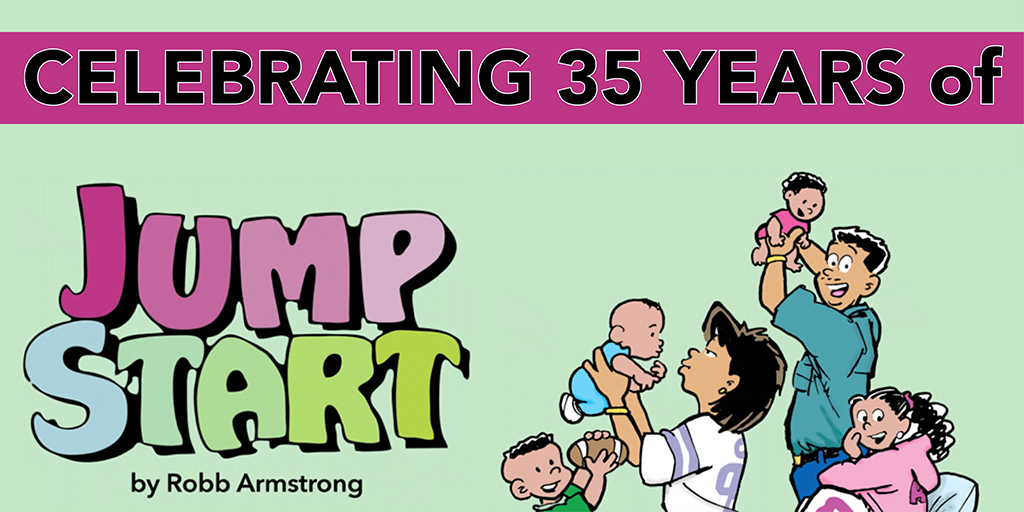
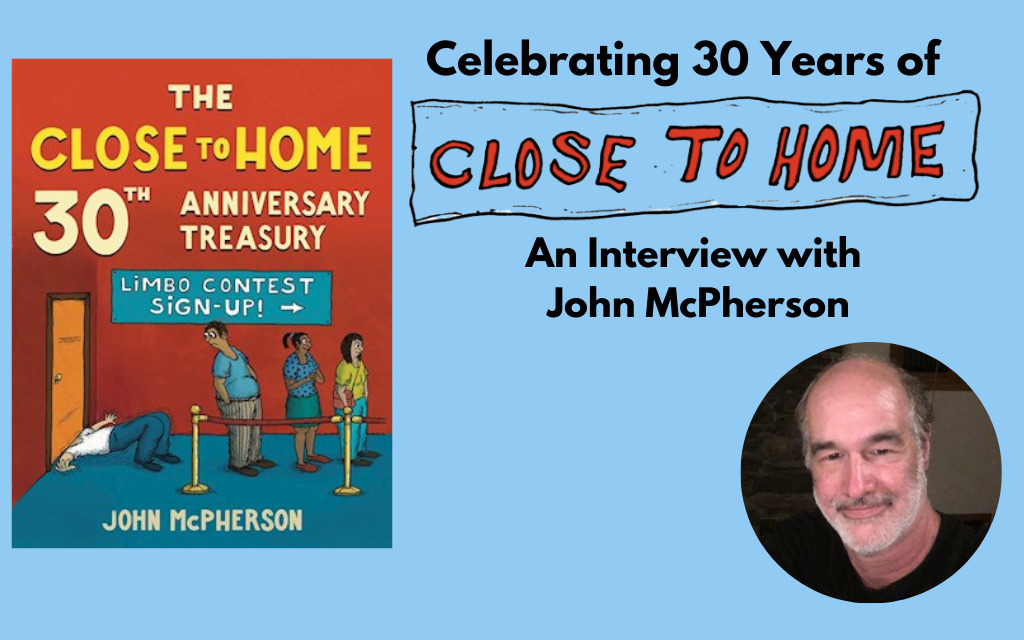

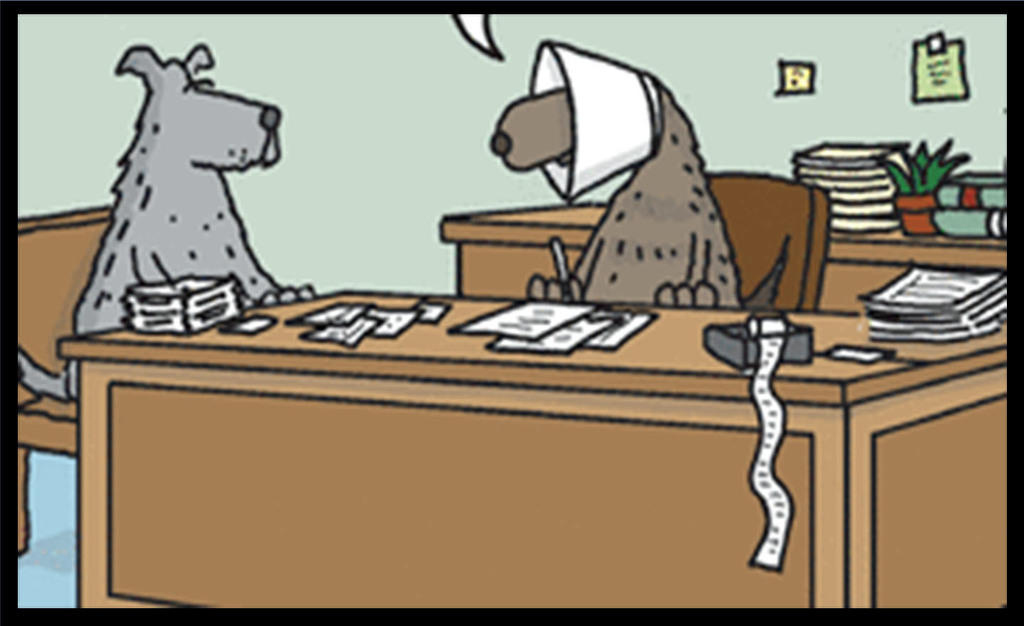
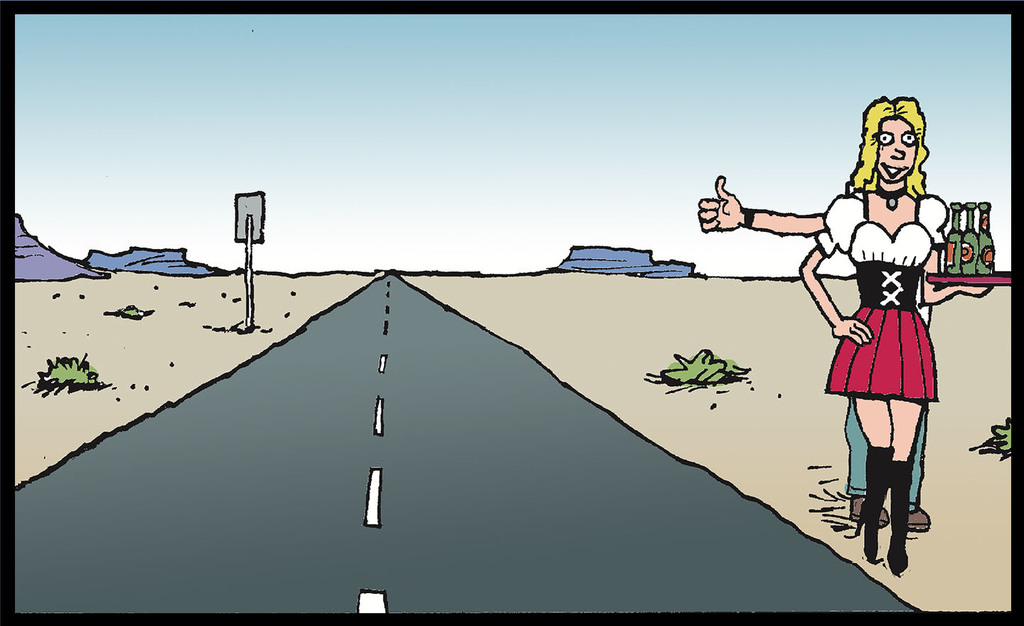
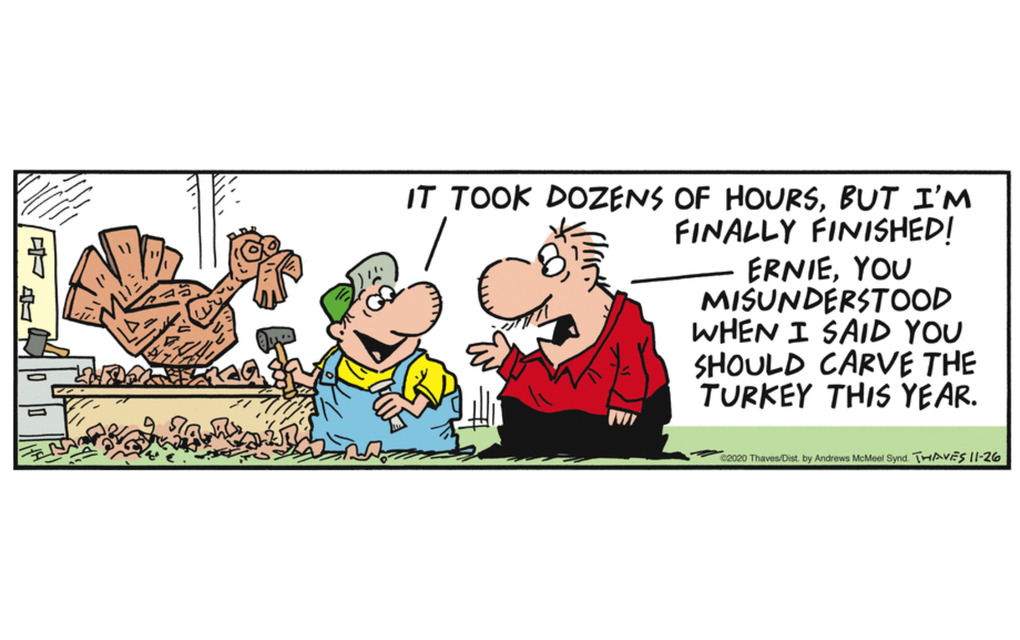


Comments
Featured Comment
Comment Policy
Sign in to comment